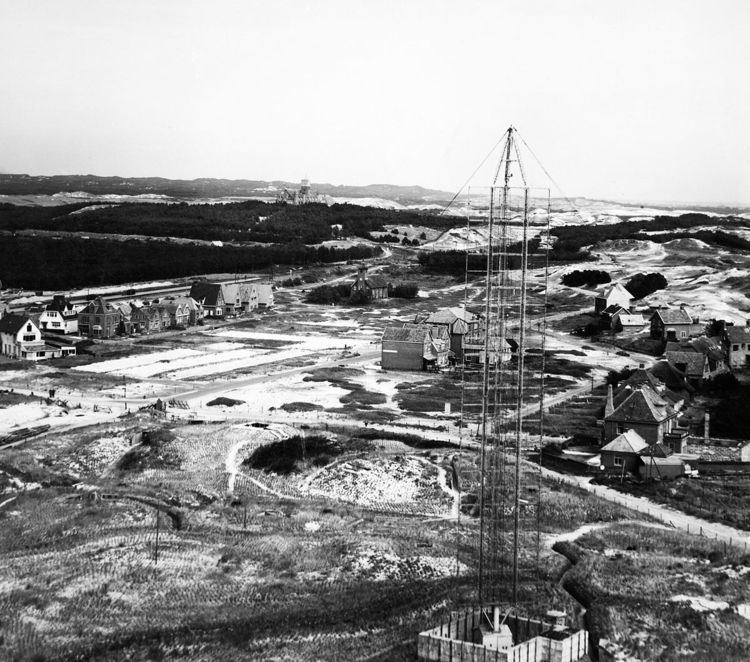Country of origin Germany Pulsewidth 2-3 μs | Introduced 1942? Frequency 120-150 MHz | |
 | ||
Range 300 kilometres (190 mi) | ||
The Wasserman radar was a early-warning radar built by Germany during World War II. The radar was a development of FuMG 80 Freya and was operated during World War II for long range detection. It was developed under the direction of Theodor Schultes, beginning in 1942. Wasserman was based on largely unchanged Freya electronics, but used an entirely new antenna array in order to improve range, height-finding and bearing precision.
Contents
Development
Seven different versions were developed. The two most important versions are:
The combination of the antennae in this way resulted in a concentration of the radiated energy to a smaller beam, thus resulting in a higher radiated power in the main direction (Effective Radiated Power = ERP), without increasing the transmitter power. The result was a longer range. With the L-version the horizontal opening angle of the antenna array remained the same, but the vertical opening angle was reduced (so flatter radiation pattern). Because the horizontal opening angle was not changed, the bearing measuring performance was not changed. With the S-version also the horizontal opening angle was reduced, with a better bearing resolution as a result.
